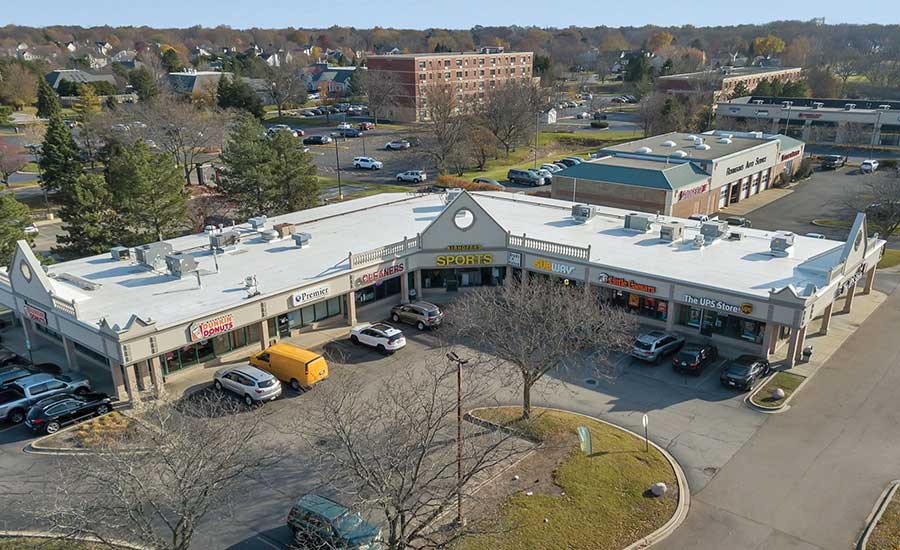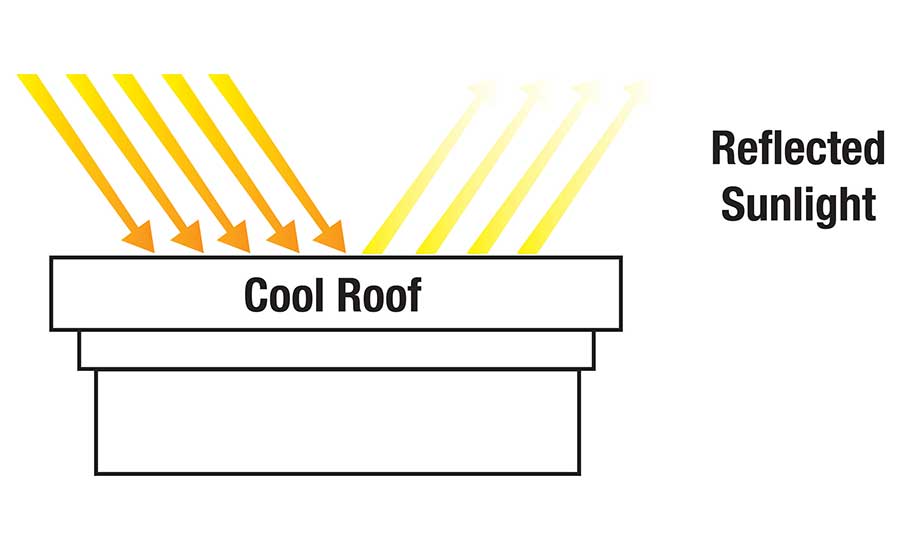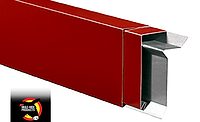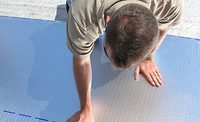The Facts About PVC Roofing Part I
While PVC remains a popular choice among design professionals, it may be the one system roofing contractors know the least about

Photos courtesy of Mule-Hide Products.
EDITOR’S NOTE: A roofing system covering millions of square feet across the globe with a 50-year track record is hard to keep a secret. Yet PVC and PVC KEE HP roofing membranes may be the one type of roof installation even seasoned contractors are relatively still in the dark about. While it’s earned the confidence of the design community and prominence among architects, consultants and other building professionals, roofers aren’t as familiar with PVC as TPO and EPDM in the low-slope world.
With our partners at Mule-Hide Products, RC presents the first in a two-part series of articles to close that information gap.
Check out this brief history of PVC use in roofing, the environmental considerations related to PVC roofing, and the performance advantages it offers. Part II will cover the types of PVC roof membranes and the warranty options offered.
Five Decades of Performance
PVC roofs debuted in Europe in the 1960s and first appeared in the United States in the 1970s. ASTM D4434 – the ASTM International PVC roofing standard and the first ASTM International standard for single-ply roofing membranes – was published in 1985 and has been updated various times since.
Some of the first-generation PVC membranes did not contain scrim reinforcement, which often resulted in poor performance. Plasticizers make PVC roofing membranes extremely flexible and easy to work with. However, over the membrane's lifespan, the plasticizers migrate out, making it more brittle. When enough plasticizers migrated from the non-reinforced membranes, they would often shatter and crack.
Non-reinforced PVC roof membranes were deemed unviable for use in the United States, and scrim reinforcement was required under ASTM D4434. Reinforced membranes, on the other hand, have the weather-ability to deliver long-term performance, allowing them to build a 50-year track record of successful use.
Today, three types of scrim-reinforced PVC roofing membranes exist in the ASTM D4434 standard. Each has its own set of physical performance requirements that must be met. These will be outlined in Part II of this article series.

PVC roofs boast many advantages over other roofing types, including their overall durability against chemical and fire damage combined with being energy efficient.
PVC and the Environment
The fact that architects, consultants and other design professionals specify PVC roofs so frequently should be a strong indication to roofing contractors that they are an environmentally responsible, sustainable choice.
PVC is the only thermoplastic roofing membrane that is not 100% derived from fossil fuels; it is 57% salt water and 43% natural gas — a formula that helps achieve two important goals: decreasing the use of fossil fuels and significantly reducing the risk of supply chain disruptions.
The United States has both components in abundance, giving manufacturers ready access to the materials they need without having to rely on foreign suppliers.
PVC roofing membranes are recyclable. Scrap and old material can be used as feedstock for producing new membranes and in manufacturing products ranging from window frames to luxury vinyl flooring, rooftop walkway pads and concrete expansion joints. However, contractors should keep the following in mind:
- To be recycled, the membrane cannot have adhesive on it.
- As with TPO, EPDM membranes, and polyisocyanurate insulation boards, PVC membranes cannot be thrown into a recycling dumpster. The contractor must hire a company to pick them up and haul them to an appropriate recycling facility.
- When a project involves tearing off existing roofing materials, the designer may specify that the old membrane and other system components must be recycled. Contractors should watch for this stipulation so they can build the recycling-related costs into their bids. (Note: this holds true when tearing off various roofing materials, not just PVC membranes.)

Cool roofs are so named for their ability to reflect the sun's heat from a building and for absorbing less solar energy.
Performance Advantages
PVC membranes offer several performance advantages in installed roof systems, including chemical resistance, fire resistance, energy efficiency, heat-welded seams and crew-friendly flexibility.
Chemical Resistance
PVC roof membranes are highly resistant to greases, animal fats, jet fuels, acids (particularly sulfuric acid) and other chemicals. This makes them the ideal choice for restaurants, food processing plants, airports, manufacturing facilities and other buildings where the roof will be exposed to these chemicals.
However, PVC is not chemical-proof. Where higher levels of chemical exposure are expected, such as around rooftop vents, the membrane should be protected with a grease trap or a second, “sacrificial” layer of membrane.
Fire Resistance
PVC is exceptionally fire-resistant and self-extinguishes once the flame's source has been removed. It outperforms EPDM and TPO in this arena by far and will achieve steeper-slope UL fire ratings than is possible with these other single-ply options. It is ideally suited to buildings with an elevated risk of rooftop fires — such as those with solar panels or other electrical components on the roof and restaurants where there is the potential for a rooftop grease or oil fire. It is also a good choice when the building’s occupants, such as senior care facilities and hospitals, will have greater difficulty evacuating in the event of a fire.
“Cool Roof” Options
Like white TPO and white-on-black EPDM roofs, white PVC roofs can significantly enhance the energy efficiency of buildings in warmer climates. They reflect much of the sun’s energy away from the roof and then emit much of the energy absorbed back into the atmosphere. This lowers temperatures on the rooftop and inside the building, keeping occupants comfortable while reducing air-conditioning costs and helping maximize the performance of HVAC equipment.
Heat-Weldable Seams
As with TPO roofing systems, PVC sheets are welded together to create exceptionally strong, waterproof seams. If done right, the seams will be stronger than the membranes themselves.
Test welds verify the quality of field seams completed with automatic welders. Hand-welded details are inherently more open to human error. Here, bleed-out — when the darker bottom ply of the membrane spills out of the lighter top ply slightly — is a helpful visual indicator of a strong weld.
Flexibility
PVC roofing membranes are more flexible than TPO membranes, making them easier for crews to handle on the roof.
Conclusion
Over five decades, PVC roofing systems have become a favorite choice of design professionals. Armed with a greater understanding of PVC roofing’s history, sustainability and performance characteristics, roofing contractors can be equally confident in recommending it to their customers. Options abound to meet various requirements. Check out Part II of this series, which will outline those choices and the warranties available on PVC roofing systems.
Looking for a reprint of this article?
From high-res PDFs to custom plaques, order your copy today!






